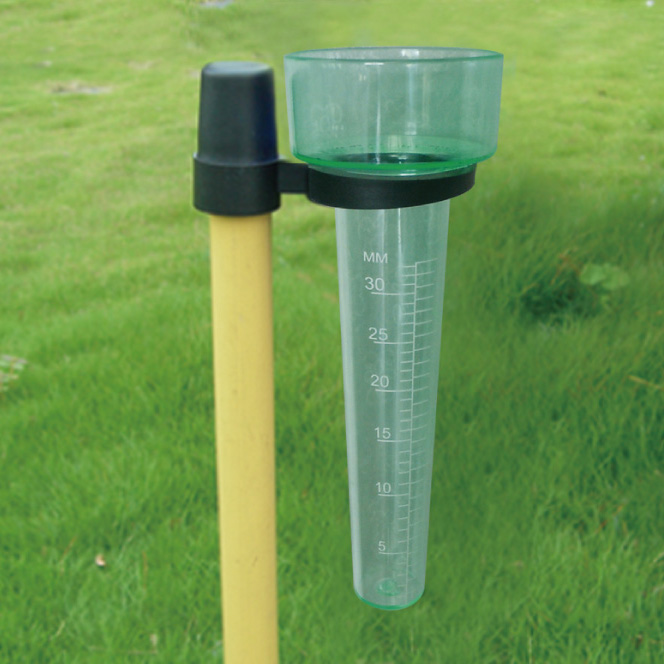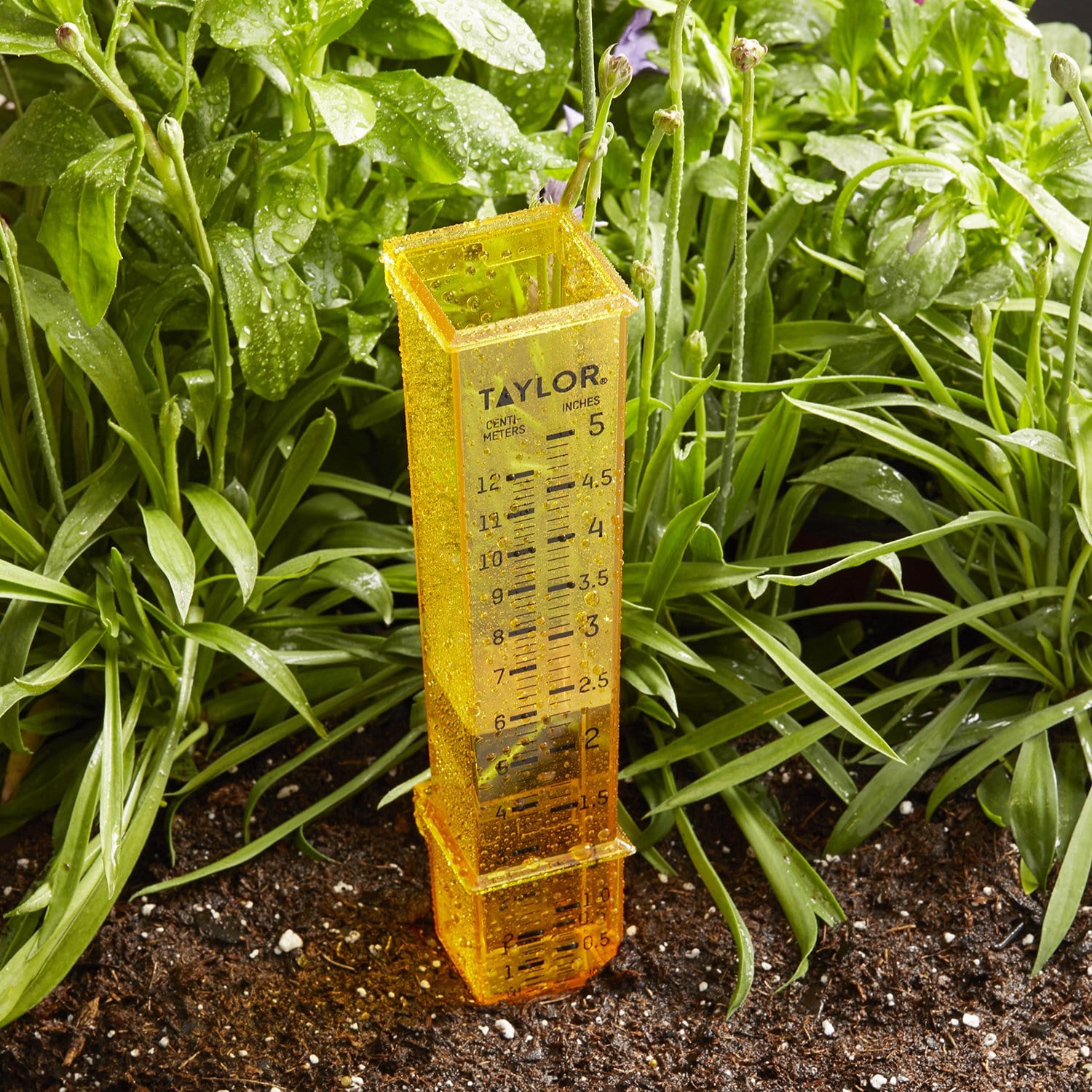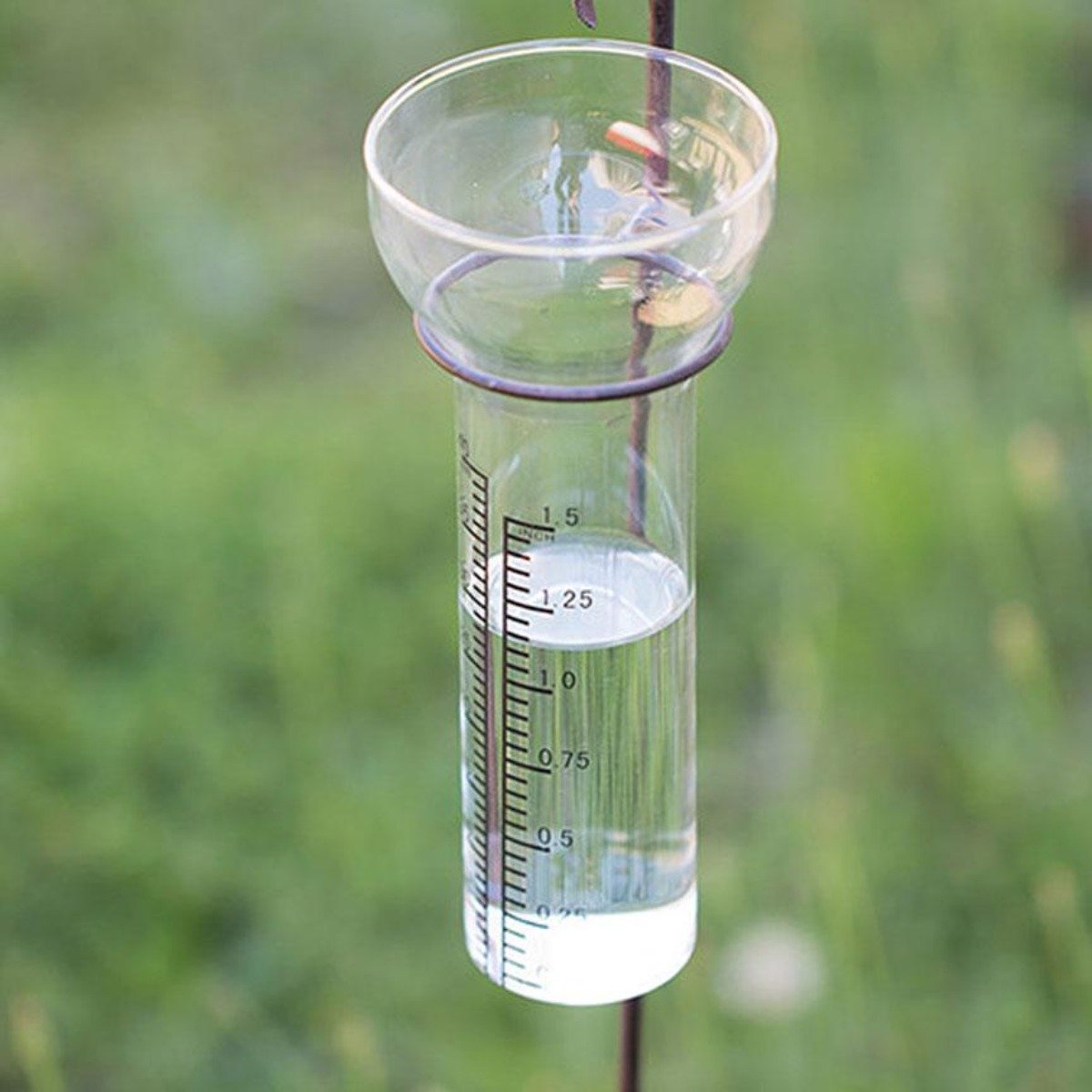The Rain Gauge: Empowering Communities with Specific Rainfall Information
The Rain Gauge: Empowering Communities with Specific Rainfall Information
Blog Article
Just How to Pick the Right Rain Scale for Accurate Rainfall Information
To acquire dependable dimensions, it is vital to choose the ideal rainfall scale. Considering aspects such as place, type, and precision of the rainfall scale will aid make sure specific data collection. In addition, recognizing the maintenance and calibration treatments will certainly add to the longevity and dependability of your rain gauge.
Value of Picking the Right Rain Gauge
The importance of picking the best rainfall scale depends on obtaining accurate and trusted rainfall information for accurate meteorological evaluation. Rain data is essential for a broad array of applications, including weather projecting, hydrological modeling, and climate research. Undependable or unreliable data can bring about erroneous verdicts and flawed decision-making processes.

Second of all, the precision and precision of the rainfall scale are paramount. The scale needs to be able to gauge rains with high accuracy, catching also percentages of rainfall accurately. It should additionally lessen errors because of evaporation, wind, and various other ecological variables. Routine calibration and maintenance are necessary to make sure continuous precision.
Moreover, the location and setup of the rain scale are important considerations. It should be put in an open area, away from obstructions that can influence rains dimensions. The gauge should be positioned at an appropriate height and angle to stay clear of splashing and ensure appropriate catchment of rain.
Elements to Consider When Selecting a Rainfall Gauge
When choosing a rain scale, there are several crucial aspects to think about. There are various kinds offered, including standard rain evaluates, tipping bucket rainfall assesses, and evaluating rain determines.
An additional element to take into consideration is the product of the rain scale. Rainfall evaluates can be made from different products, such as plastic, steel, or glass. The product picked must be immune and resilient to weather conditions, making certain that the rain gauge will certainly withstand the components and give precise measurements with time.
Precision is additionally a vital variable to think about. Seek rainfall assesses that have been adjusted and checked for precision. Features such as anti-splash rings and funnels can likewise boost the precision of the dimensions.

Last but not least, consider the climate and setting in which the rainfall scale will certainly be used. Different rainfall determines are ideal for various environments, so it is essential to select one that is appropriate for the problems in your area.
Various Kinds Of Rainfall Evaluates Readily Available
To additionally explore the variables to consider when selecting a rainfall scale, it is crucial to comprehend the various types of rain gauges available. The most typical kind is the conventional rainfall gauge, likewise recognized as the cylindrical rain gauge.
Another sort of rain gauge is the tipping bucket rainfall scale. This gauge uses a seesaw-like system to collect and determine rainfall. As the rainfall falls into the scale, it fills out one side of the bucket, creating it to tip and empty the water. The number of ideas visit this site is counted digitally to figure out the amount of rains. Tipping bucket rainfall determines are preferred for their accuracy and capability to measure rains strength.
A 3rd kind of rainfall scale is the considering rainfall scale. As the rainfall falls right into the scale, it is collected in a container attached to an equilibrium.
Finally, there are also remote rain evaluates that usage advanced innovation to measure rainfall (The Rain Gauge). These gauges use sensors and transmitters to send out information wirelessly to a central unit. Remote rainfall determines are convenient for keeping an eye on rains in hard-to-reach locations or for large data collection
Just How to Figure out the Accuracy of a Rainfall Gauge
One means to analyze the precision of a rainfall gauge is by conducting regular calibration measurements. Calibration entails comparing the readings of a rainfall scale to a conventional dimension, such as a qualified rain scale or a weather station with high precision. By comparing the measurements, any kind of inconsistencies or errors in the rainfall gauge can be recognized and accounted for.
To conduct a calibration measurement, begin by accumulating rains data from both the rain scale and the standard measurement device over a specific time period, such as a month. Compare the readings and calculate the distinction between them. This difference is understood as the calibration error.
It is vital to keep in mind that calibration dimensions ought to be performed frequently, as environmental variables, such as wind, temperature level, and debris, can influence the precision of the rainfall gauge with time. By conducting normal calibrations, any kind of modifications in the accuracy of the rain scale can be spotted and modifications can be made appropriately.
Along with calibration, it is likewise suggested to tidy and maintain the rain gauge on a regular basis to guarantee its accuracy. Eliminate any type of particles or blockages that might affect the accuracy of the measurements, and check for any type of indicators of damage or wear that may need fixings or replacement.
Tips for Keeping and Adjusting Your Rain Gauge
Routine maintenance and calibration are important source critical for guaranteeing the accuracy and dependability of your rainfall gauge in measuring rainfall information (The Rain Gauge). By adhering to a few basic suggestions, you can make sure that your rainfall scale is effectively maintained and adjusted
First of all, it is vital to cleanse your rainfall scale on a regular basis to avoid any particles or dirt from obstructing the rain collection device. Use a mild detergent and a soft brush to carefully cleanse the inside and outside of the gauge. Wash it extensively with clean water visit this site and permit it to completely dry totally before reinstalling it.
Secondly, it is recommended to calibrate your rainfall scale at least when a year. Calibration entails contrasting the dimensions of your rainfall gauge with those of a trusted and exact reference gauge. This will certainly assist you determine and remedy any prospective errors in your rainfall scale's dimensions.
To adjust your rainfall gauge, collect a well-known quantity of water making use of a gauging container and compare it with the measurements videotaped by your rain gauge. Change the readings appropriately to guarantee accuracy.

Verdict
To conclude, choosing the best rainfall gauge is vital for acquiring precise rains data. Aspects such as spending plan, area, and objective ought to be thought about when selecting a rainfall gauge. There are numerous sorts of rainfall assesses offered, each with their own advantages and constraints. It is necessary to regularly keep and calibrate your rain scale to guarantee its precision. By complying with these standards, accurate rainfall data can be gotten for numerous applications.
There are different types readily available, consisting of conventional rainfall determines, tipping bucket rainfall determines, and evaluating rainfall determines.To better explore the variables to think about when selecting a rainfall gauge, it is essential to recognize the different kinds of rainfall evaluates readily available. The most typical type is the conventional rain gauge, additionally recognized as the round rainfall gauge.An additional kind of rainfall gauge is the tipping pail rainfall scale. Calibration includes contrasting the readings of a rain gauge to a basic measurement, such as a qualified rainfall gauge or a weather station with high precision.
Report this page